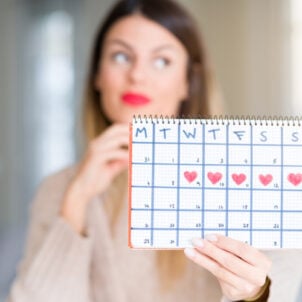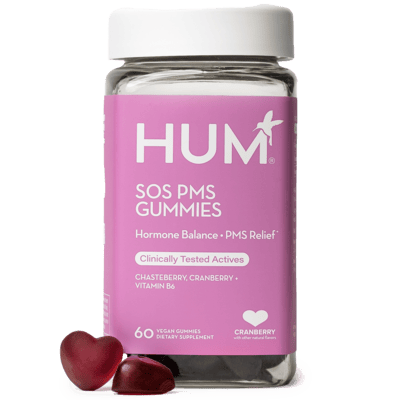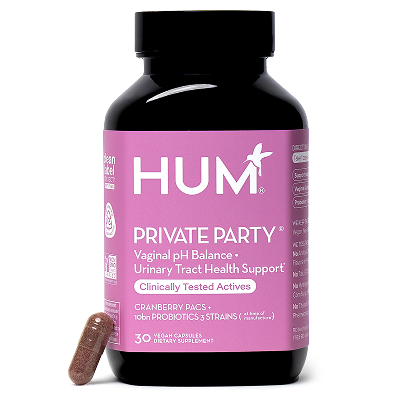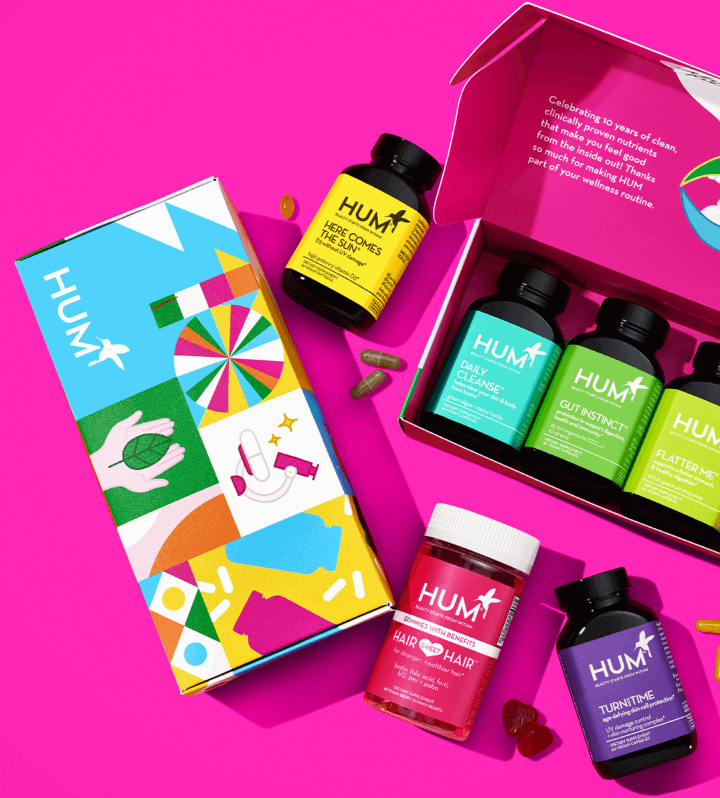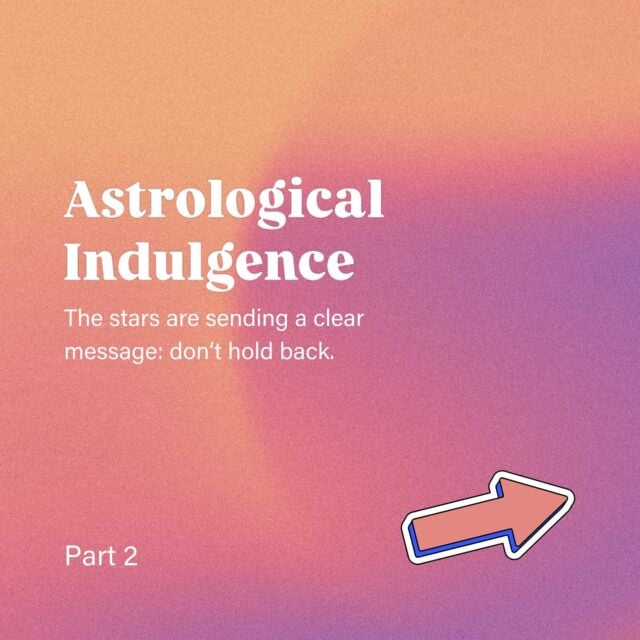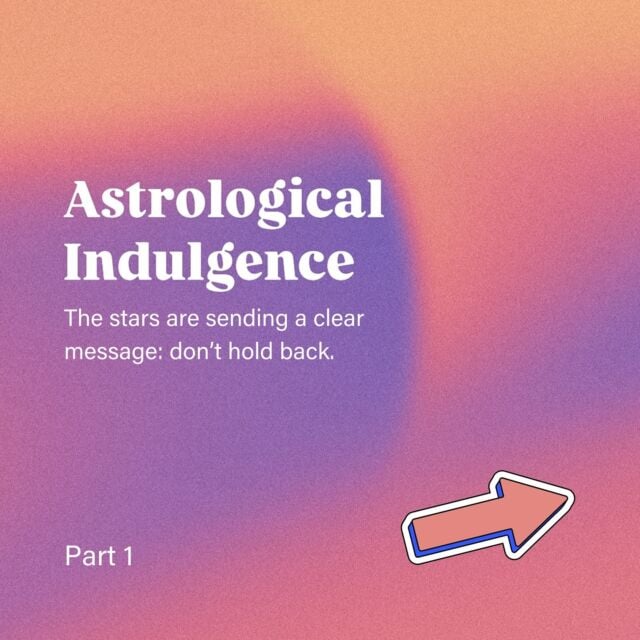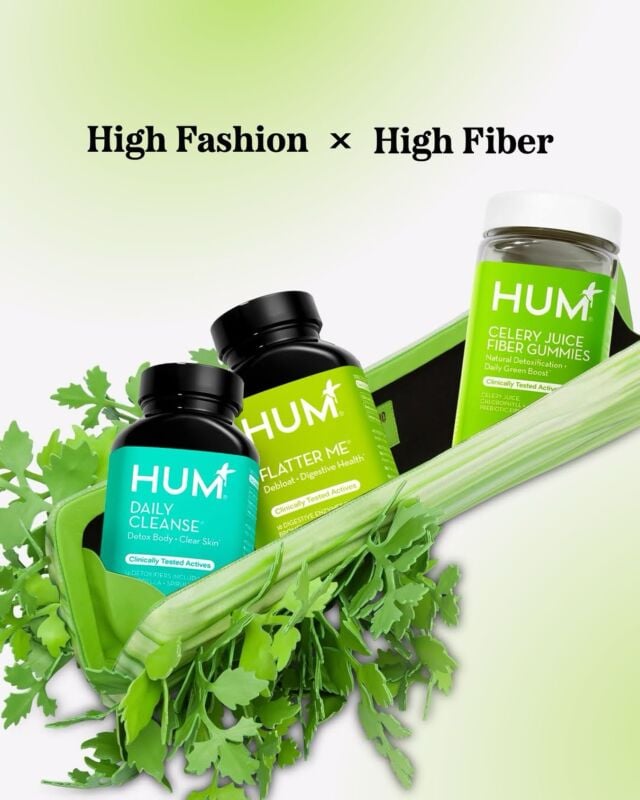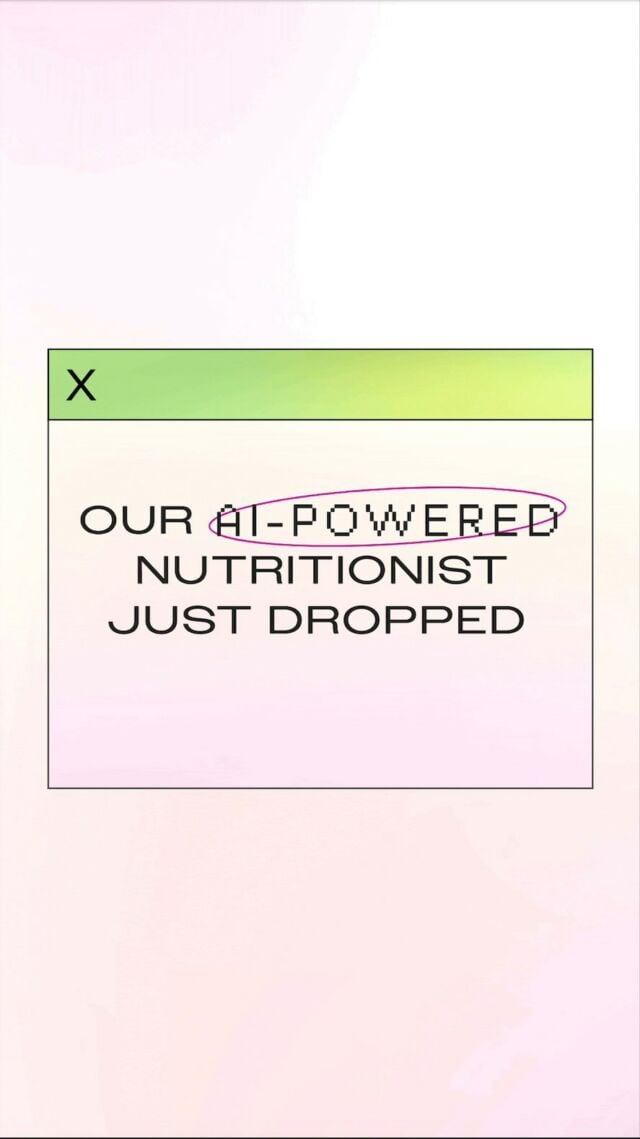We’re rating some of the top tried and true hacks for period pain. It’s something we’ve always wanted to dive into, and we are sharing it with you so that you don’t have to suffer month over month with period pain.
Let’s be real—having your period can feel like running a marathon and getting punched in the gut at the same time. Cramps, aches, mood swings—sometimes it’s enough to make you want to hide under the covers for a week straight. If you’ve ever Googled “how to stop period pain fast” while clutching a heating pad, you’re not alone. The good news? There are tried-and-true ways to ease the pain.
In this article, we’re diving into why periods hurt in the first place, what symptoms to watch for, and which hacks actually work when your body feels like it’s staging a revolt.
Why Are Periods So Painful?
At the start of every cycle, your uterus contracts to help shed its lining, and those contractions are triggered by hormone-like substances called prostaglandins. Prostaglandins are hormone-like lipids that are released by the body”, explains Samantha Veitch, an Ayurvedic practitioner specializing in menstrual health. “They are pro-inflammatory and stimulate uterine contractions to shed the uterine lining in the first few days of your period, and this is what can cause the cramping sensation.” Therefore, the more prostaglandins you have, the stronger (and more painful) your cramps will likely be. High levels of these chemicals can also cause nausea, diarrhea, and headaches. On top of that, if you have conditions like endometriosis, fibroids, or pelvic inflammatory disease, your period pain could be even worse. In short, your body is doing important work, but it’s not exactly being gentle about it.
Symptoms of Pain During Your Period
Not sure if what you’re feeling is normal? Here are some common symptoms tied to menstrual pain:
- Cramping in your lower abdomen or back
- Aching or throbbing sensations
- Sharp, stabbing pains
- Headaches or migraines
- Nausea or upset stomach
- Fatigue and muscle weakness
Hacks to Ease Pain During Your Period
So now that we know why period pain happens, let’s talk about what you can do about it. Here’s a roundup of popular hacks—plus how effective they actually are.
Before we break down each hack on a scale from 1-10, here are two supplements we can’t live without for period symptoms.
Using a Heating Pad (or Taking a Warm Bath)
Rating: 10/10
This one will always be a go-to classic for getting through painful periods. Veitch explains that applying heat to the abdomen relaxes the muscles of the uterus and improves blood flow, helping to reduce the intensity of cramping. With increased blood flow comes better oxygen and nutrients, relaxing the tight, contracted muscles. If you don’t have a heating pad, you can always soak in a warm bath (bonus if you have some essential oils to throw in there as well!). Whether you prefer a heating pad on your belly or soaking in a warm, comforting bath, heat therapy is scientifically proven to help relieve period pain almost as effectively as over-the-counter meds.
Castor Oil Packs
Rating: 8/10
Castor oil has been used for centuries to promote circulation and reduce inflammation. When applied, it can help relax the muscles, ease cramping, and improve blood flow, which may help reduce the intensity of period pain. Acupuncturist and Chinese Herbal Medicine Expert Dr. Jac Medeiros typically recommends castor oil packs for patients experiencing Liver Qi stagnation (a pattern in Chinese medicine often associated with symptoms like irritability, mood swings, premenstrual breast tenderness, and painful or irregular periods. To make a castor oil pack, soak a cloth in castor oil, place it over your liver (on the right side of your body, just under the rib cage), and secure it with plastic wrap. “When securing the pack, it should feel snug but not uncomfortable,” Medeiros says. “Start by wearing it for a few hours and gradually build up to overnight use if tolerated. I recommend starting with twice per week.”
Essential Oils (Massaged In)
Rating: 7/10
Essential oils like lavender, clary sage, rose, and peppermint are known to help relax muscles and reduce inflammation. One pain management study found that women who used essential oils during their periods experienced less pain compared to those who received a placebo aromatherapy massage. For this technique, combine a few drops of essential oils with a carrier oil like coconut or jojoba oil and mix the two before massaging it into the lower abdomen. (Using a carrier oil with the essential oils prevents skin irritation from occurring.)
Eat Foods with Magnesium
Rating: 8/10
Magnesium plays a crucial role in muscle relaxation and reducing inflammation. Some research even suggests that women with higher magnesium intake experience less painful periods. Foods like leafy greens, almonds, pumpkin seeds, dark chocolate, and avocados are great natural sources of the mineral. Veitch recommends drinking a cup of ceremonial-grade cacao. “Cacao is rich in magnesium, which helps relax muscles and reduce cramps,” she says. “Magnesium often dips during your period, which can increase tension in the body; a warming cup of cacao replenishes this mineral, which promotes relaxation and easing of tension.”
Move Your Body

Rating: 7/10
Dragging yourself to a workout class might feel impossible when you’re cramping, but light exercise can actually make a huge difference. Movement boosts endorphins—your body’s natural painkillers—and helps improve blood flow, which can reduce cramping. Even a brisk walk, pilates, or an easy spin on a stationary bike can help. Gentle yoga poses like child’s pose, cat-cow, and reclining twist can also help stretch and relax the lower body muscles, improving circulation and easing cramps.
Acupuncture (Relaxes the Nervous System)
Rating: 8/10
Acupuncture is known to help reduce pain symptoms by inserting super-fine needles into specific points on the body. Some studies suggest that acupuncture can relax the nervous system, reduce prostaglandin levels, and significantly ease period pain. Medeiros suggests applying acupressure to Spleen 6, which is located about 3 inches above the inner ankle bone (medial malleolus). Then, using firm pressure, massage the area in small circles for 3-5 minutes. “It’s normal for the point to feel tender,” Medeiros says. “Spleen 6 intersects the Spleen, Liver, and Kidney channels — key meridians in gynecological health — and is commonly used to relieve menstrual cramps and support reproductive balance.”
When to Seek Professional Care
If your pain ever feels extreme (like it’s interfering with your daily life), it’s worth checking in with a doctor to rule out underlying conditions. While period pain can be more painful for some than others, it shouldn’t be so severe that it keeps you from functioning — intense, debilitating pain could be a sign of something more serious.
“If you experience cramping, please know there’s support available,” Medeiros says. “Cramps that come with large clots, heavy bleeding, nausea, pain with sex, or pain so severe that NSAIDs don’t help should be evaluated, as they may point to conditions like endometriosis, adenomyosis, or fibroids. If something feels off, trust your body and seek care from someone who will take your pain seriously.”
Pain during periods is unfortunately common, but that doesn’t mean you have to suffer through them without finding relief. From cozy heating pads to holistic approaches like castor oil packs and acupuncture, there’s a whole toolkit of options to explore. What works best can vary from person to person, so don’t be afraid to experiment and find your perfect period pain relief combo. Your body will thank you during even your worst cycles.
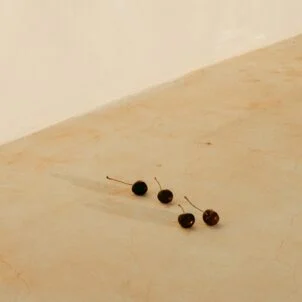
Two Menstrual Periods in One Cycle? The Reasons Why and What to Do About It
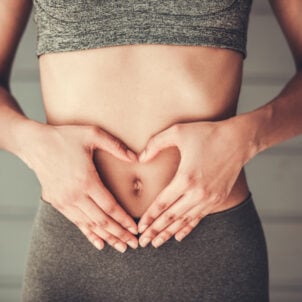
What to eat for a painful period: Recipes to reduce cramps, bloating and more
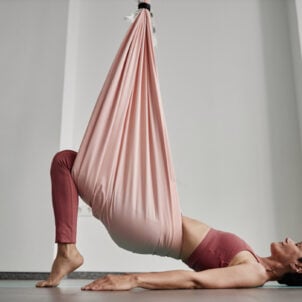
Sex Postpartum: What to Expect Revisiting Intimacy After Baby
